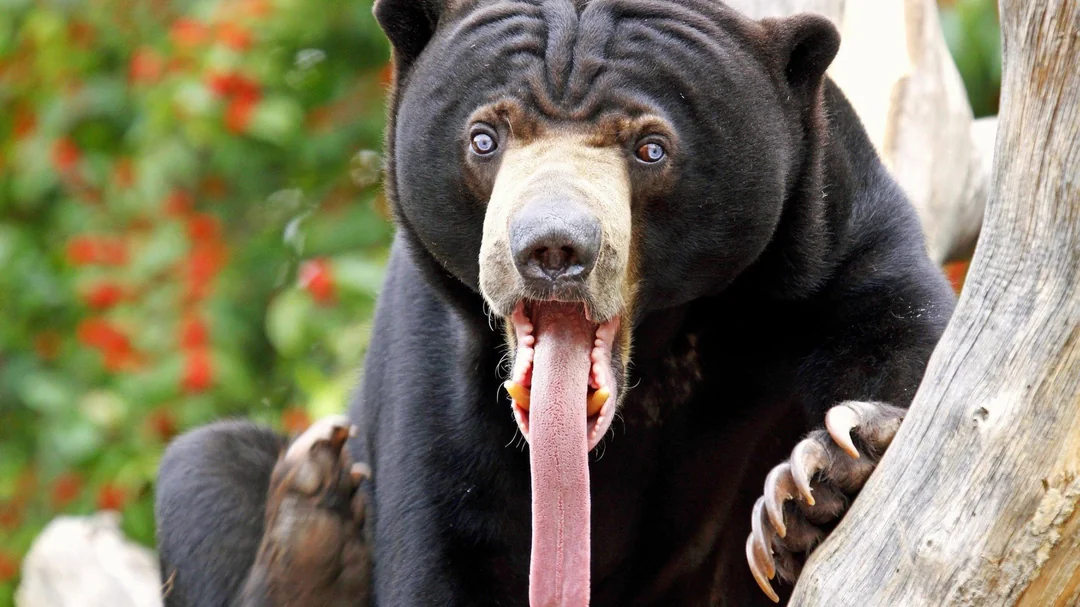
The honey bear bottle is a cultural icon that has stood the test of time. Known for its playful design and practical functionality, the honey bear has become synonymous with sweetness and nostalgia. This article dives deep into its history, exploring its origins, significance, and impact on the honey industry and consumer culture.
The journey of the honey bear bottle represents innovation and a strong emotional connection with consumers. Whether you’re a history enthusiast, a lover of honey, or simply curious, this guide provides all the details about the symbol of sweetness.
What Is the Honey Bear and Why Is It So Popular?
The honey bear bottle is a bear-shaped container designed to hold honey. Its popularity stems from its ability to combine functionality with charm. Consumers associate the honey bear with purity, natural sweetness, and a sense of warmth.
The honey bear became popular because:
- It is user-friendly, with a squeezable design that makes honey easy to dispense.
- Its unique bear shape captures attention and creates an emotional connection.
- It aligns with the imagery of bears and honey in nature, reinforcing its authenticity.
The Symbolism Behind the Honey Bear
The honey bear symbolizes more than just honey. Bears, often depicted as honey-loving creatures in folklore, represent strength, nature, and nurturing qualities. Pairing a bear with honey emphasizes the natural sweetness and wholesome appeal of the product.
How the Honey Bear Became Iconic
The honey bear design stood out in a market where most honey was sold in plain jars. Its fun and recognizable design made it a favorite among families, particularly children. Over time, it became a symbol of trust for consumers looking for quality honey products.
The History of the Honey Bear Bottle Design
The honey bear bottle was introduced in 1957 by Ralph and Luella Gamber, founders of Dutch Gold Honey. They sought a way to make honey more appealing and accessible. The result was the now-famous bear-shaped bottle that revolutionized honey packaging.
The Role of Packaging in Honey Marketing
Packaging plays a vital role in consumer decision-making. The honey bear bottle was a marketing breakthrough, tapping into emotional appeal. Its innovative design:
- Made honey visually appealing.
- Differentiated it from competitors.
- Strengthened its association with nature and purity.
Key Milestones in the Evolution of the Honey Bear
Over the years, the honey bear bottle has evolved:
- 1950s: Initial introduction with a simple, squeezable design.
- 1980s: Adoption of eco-friendly materials.
- 2000s: Refined designs to align with modern branding trends.
- Today: A symbol of nostalgia and a marketing staple for honey producers.
Why the Honey Bear Represents Sweetness in Culture
The honey bear has transcended its role as packaging to become a cultural icon. It represents warmth, family, and the natural goodness of honey. Its association with bears, which are seen as gentle and nurturing, reinforces these positive attributes.
The Psychological Appeal of the Honey Bear
The honey bear creates an emotional response in consumers:
- Nostalgia: Reminds people of childhood and family traditions.
- Trust: Its association with nature and sweetness makes it a reliable choice.
- Visual Impact: Its playful design stands out on store shelves.
The honey bear represents the symbolism of sweetness, making it a favorite for households worldwide.
The Legacy of the Honey Bear in the Honey Industry
The honey bear bottle has left a lasting impact on the honey industry. It not only boosted sales but also influenced how honey is marketed and perceived.
How the Honey Bear Redefined Branding
The honey bear transformed honey from a functional food product to an emotional and cultural symbol. Its branding success is due to:
- A simple yet impactful design.
- Strong ties to nature and childhood memories.
- Its adaptability to modern consumer demands, such as eco-friendly materials.
The honey bear branding story serves as an example of how clever design can elevate a product’s status in the market.
Fun Facts About the Honey Bear
Here are some interesting facts that highlight the unique journey of the honey bear:
- The honey bear bottle was inspired by the idea of making honey fun for children.
- It has remained virtually unchanged in design for decades, proving its timeless appeal.
- Many brands now use variations of the honey bear to market their honey products.
Conclusion and Final Thoughts
The honey bear is more than just a container—it’s a testament to the power of innovation and emotional marketing. By combining functionality with symbolism, it has become an enduring icon of the honey industry. Whether it’s the nostalgic memories it evokes or the natural sweetness it represents, the honey bear will always hold a special place in the hearts of consumers.
FAQs
- Who invented the honey bear bottle?
The honey bear bottle was invented by Ralph and Luella Gamber in 1957. They aimed to create a fun and practical way to package honey for families. - Why is the honey bear associated with sweetness?
The honey bear represents sweetness due to its connection to honey, a natural sweetener, and the bear, which is often associated with honey in folklore. - How has the honey bear evolved over time?
The honey bear has evolved in design to include eco-friendly materials and modern branding, while retaining its original charm and appeal. - What makes the honey bear a successful marketing icon?
The honey bear’s playful design, emotional appeal, and functionality have made it a successful symbol in the honey industry, boosting consumer trust and brand recognition.
5. Is the honey bear still popular today?
Yes, the honey bear remains a beloved symbol of sweetness and nostalgia, used by honey producers around the world to connect with consumers.







